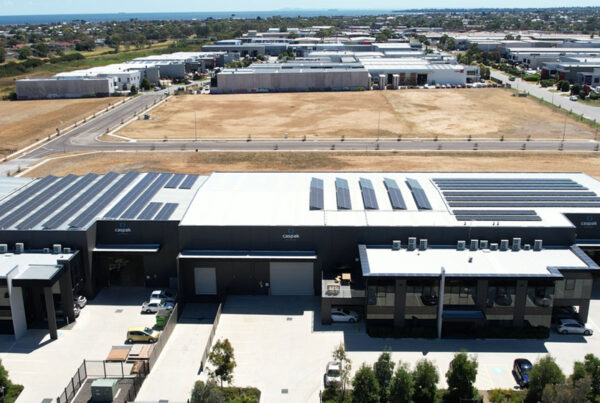
As we collectively come together to celebrate, this is a great time to think about how we can all have a positive impact on the future of our planet.
A UN Food and Agriculture (FAO) Report found that even seven years ago, if food waste was a country, it would be the third largest emitter of greenhouse gases after the US and China. This is something that we all contribute to as a consumer, and that the food industry collectively impacts, which means that we can we work together to effect change.
But the solution to this problem isn’t a one-size-fits-all answer. The highest impact area differs between developed and developing countries. In developing countries most of the food waste happens during the production, storage and transport phase.
In wealthy countries like ours, whilst there are some potential impact points along the supply chain, for example diverting produce that doesn’t meet retail standards to other uses such as pre-prepared meals, most of the food waste occurs post-consumer.
So, what does that mean for us as an industry when it comes to reducing food waste, which is paramount if we are to meet our greenhouse emissions reduction targets?
Understanding all the parts of the system that contribute to food waste offers opportunities for collaboration within the industry to tackle the problem areas together. For example, as a packaging company, working with our customers to create packaging that offers portion control results in less food waste. And helping them use the package real estate to educate consumers around the need for food waste reduction helps to create more awareness.
Although producing smaller portion sizes creates the potential for more packaging, we need to weigh up the overall impact of the options available because not all waste is created equal. With new packaging innovations that offer easily recyclable options, such as our recyclable stand up pouches, PCR PET Roll and bamboo trays, we are moving much closer to circularity in packaging, where food waste is currently a linear problem with only one end result – more emissions.
But whatever solutions we can offer as an industry, food waste is a social as well as environmental issue and as such, we all need to take individual responsibility.
Globally, we produce enough food to feed everyone, but one in nine people don’t have enough to eat, meaning 793 million people are undernourished. If we could save a quarter of the food currently wasted, that would be enough to feed 870 million people. The math isn’t difficult. But habit-changing is.
Through consolidated efforts at the many touchpoints with consumers that we can influence, we can help everyone make better, more informed choices while we work on innovations that maintain food integrity long enough to reach the consumer in the first place.








